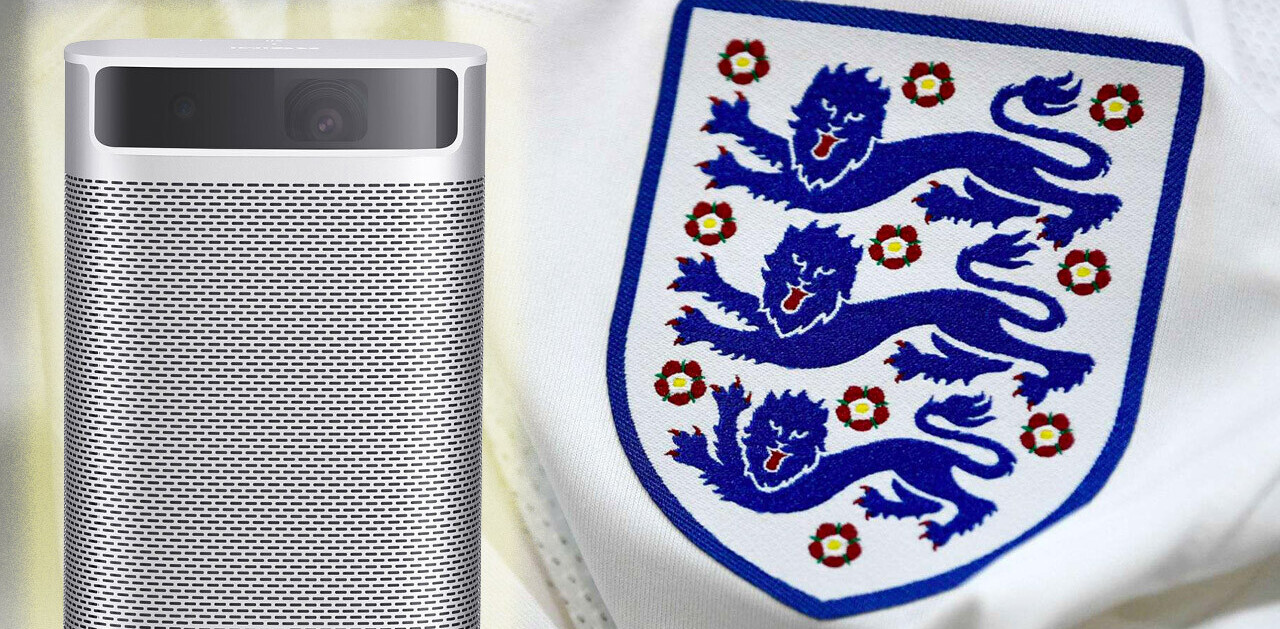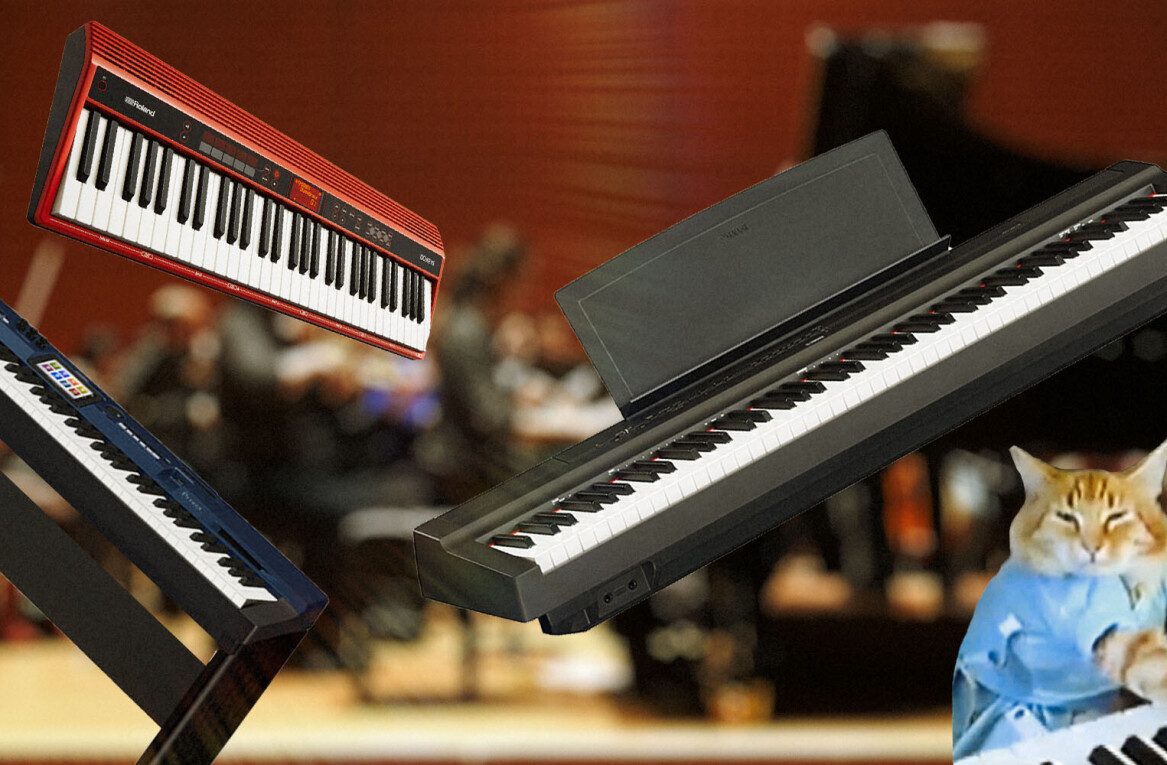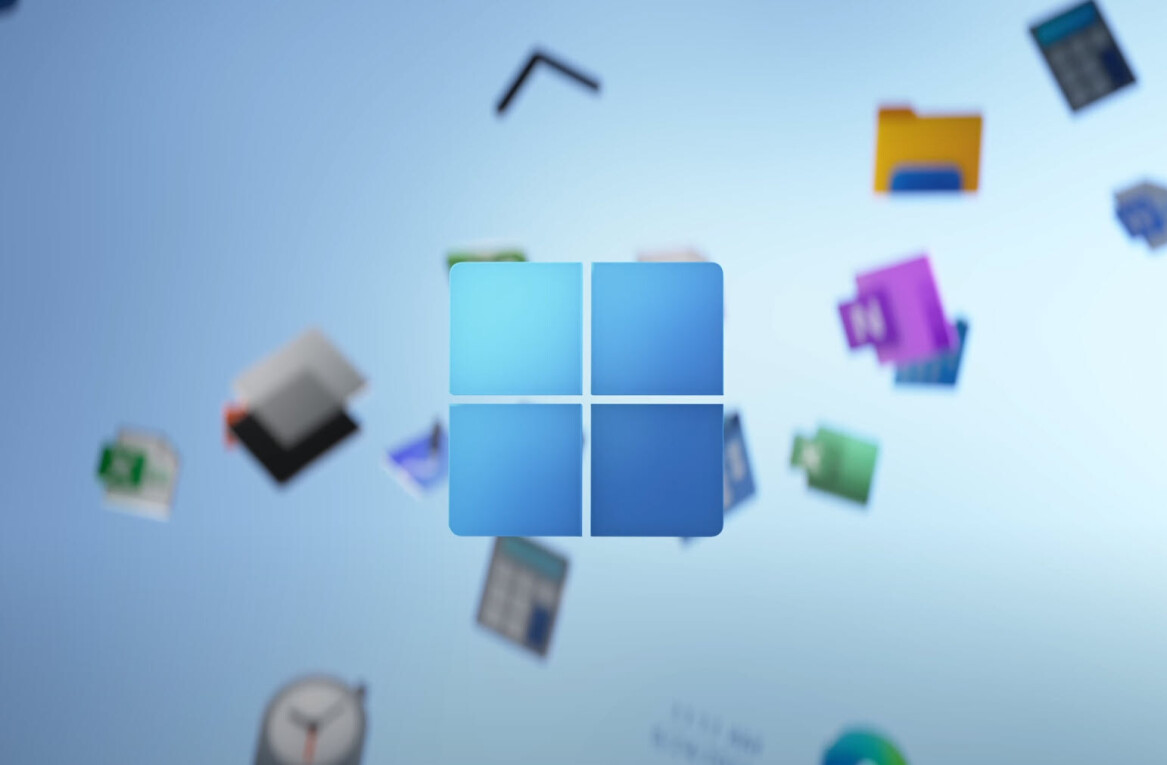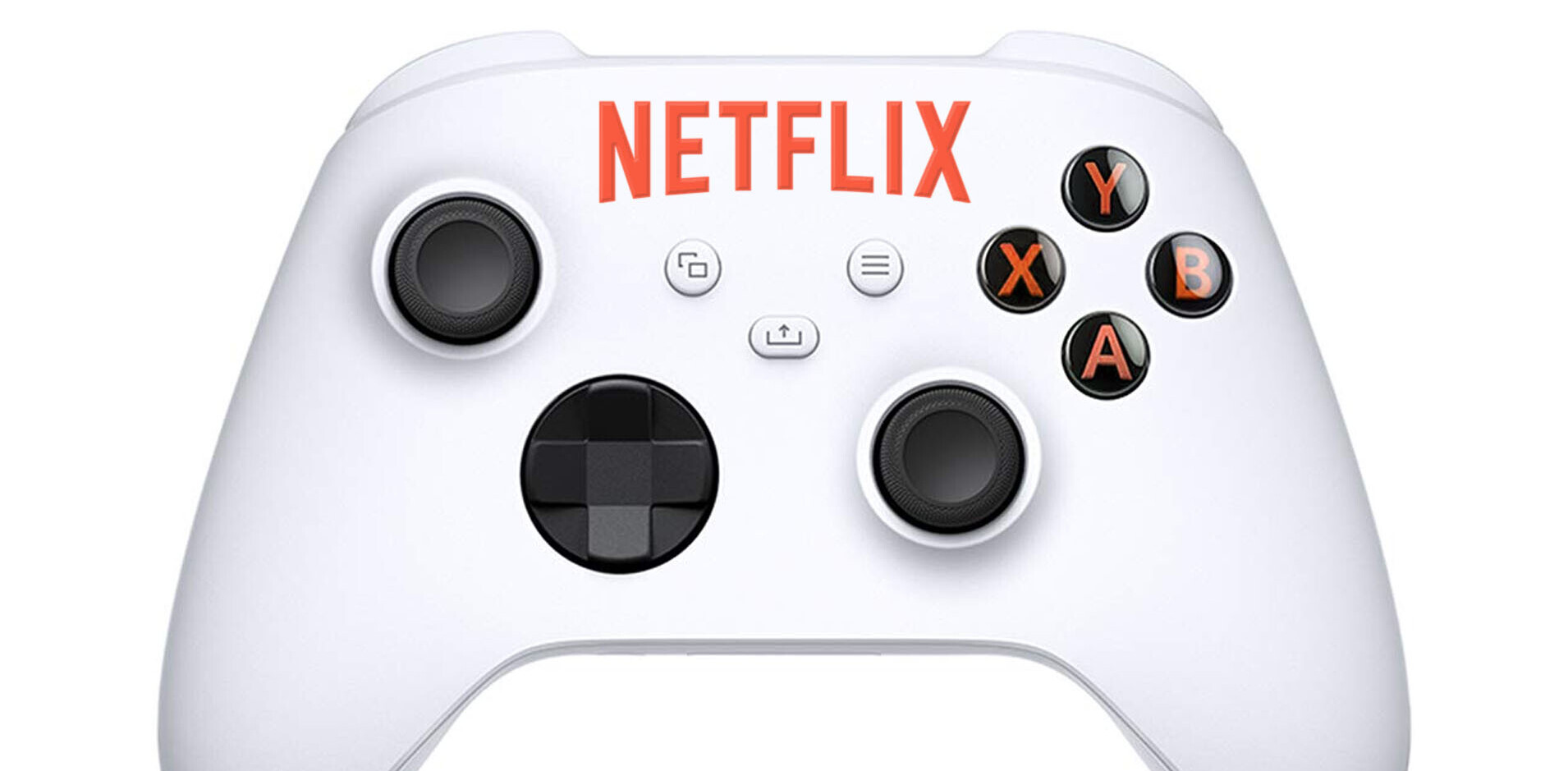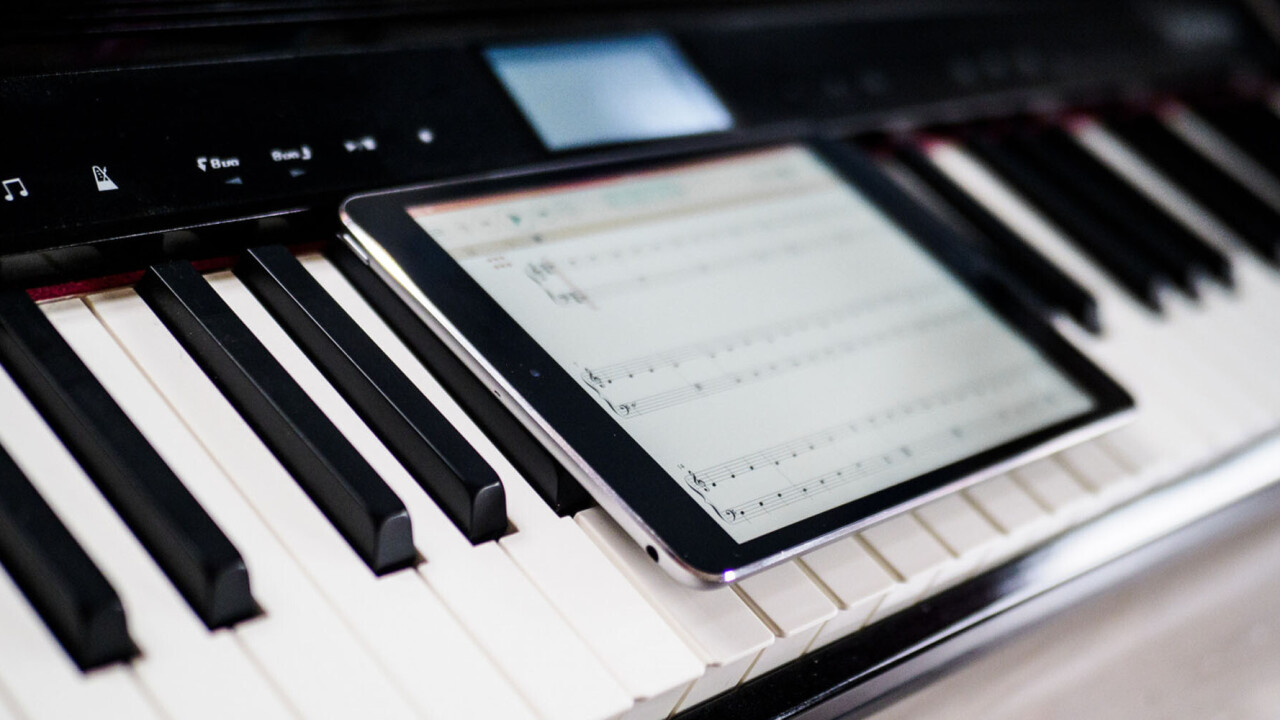
There’s a reason digital pianos are so popular: most people either can’t afford the real thing, or they can’t fit them into their homes. Unfortunately, most digital pianos pale in comparison to even the most basic acoustic ones, with wimpy speakers and lackluster built-in sounds. This is unfortunate; even for beginners, having a quality piano tone can inspire you to keep practicing and get better.
But what if I told you there’s a way to make your ‘fake’ piano sound eerily close to a real grand or upright pianowithout having to spend thousands of dollars?
Enter virtual pianos, commonly called piano VSTs (virtual studio technology) or piano plugins. Instead of settling for your cheap digital piano’s built-in tones (or taking on credit card debt for a more expensive model), you can access higher quality sounds by connecting your piano to a computer — or even a smartphone.
Complement the setup with a good set of speakers or headphones, and you can have the most realistic piano experience short of buying an acoustic.
What does a virtual piano do differently?
Piano VSTs are essentially software that replicates the sound of an acoustic piano using one of two methods (or occasionally, both): modeling and sampling. This is also what your digital piano does, but again, your PC is a lot more powerful.
Physically modeled pianos basically replicate a piano using fancy math and physics; an algorithm tells the computer what type of sound waves to produce depending on how you hit each key. Sampled pianos take a more brute-force approach by meticulously recording every note on a real acoustic at various speeds, durations, and pedal combinations.
Both methods have their pros and cons, with modeled pianos often being more a bit more responsive and customizable, and sampled pianos often sounding more authentic but requiring more system resources (multiple GBs of storage, for instance).
I’m a beginner. Do I really need fancier piano sounds?
I’m just barely past a beginner myself! That doesn’t mean I don’t enjoy better sound quality. In fact, part of the beauty of having a good piano sound is that you’ll likely be more motivated to practice and make music. My initial motivation in researching VSTs was to more closely replicate the sound of my teacher’s grand piano.
With a good VST, like on a real piano, you can just hold down a few notes and your piano’s sustain pedal (if your piano doesn’t have one… you should get one) and hear how the resonances interact with each other. Notes feel more authentic, and your playing feels more expressive. Besides, I’ve been listening to music all my life and know what a real piano is supposed to sound like. I’m no pro, but I still love to mess around with the keys and see what comes out.
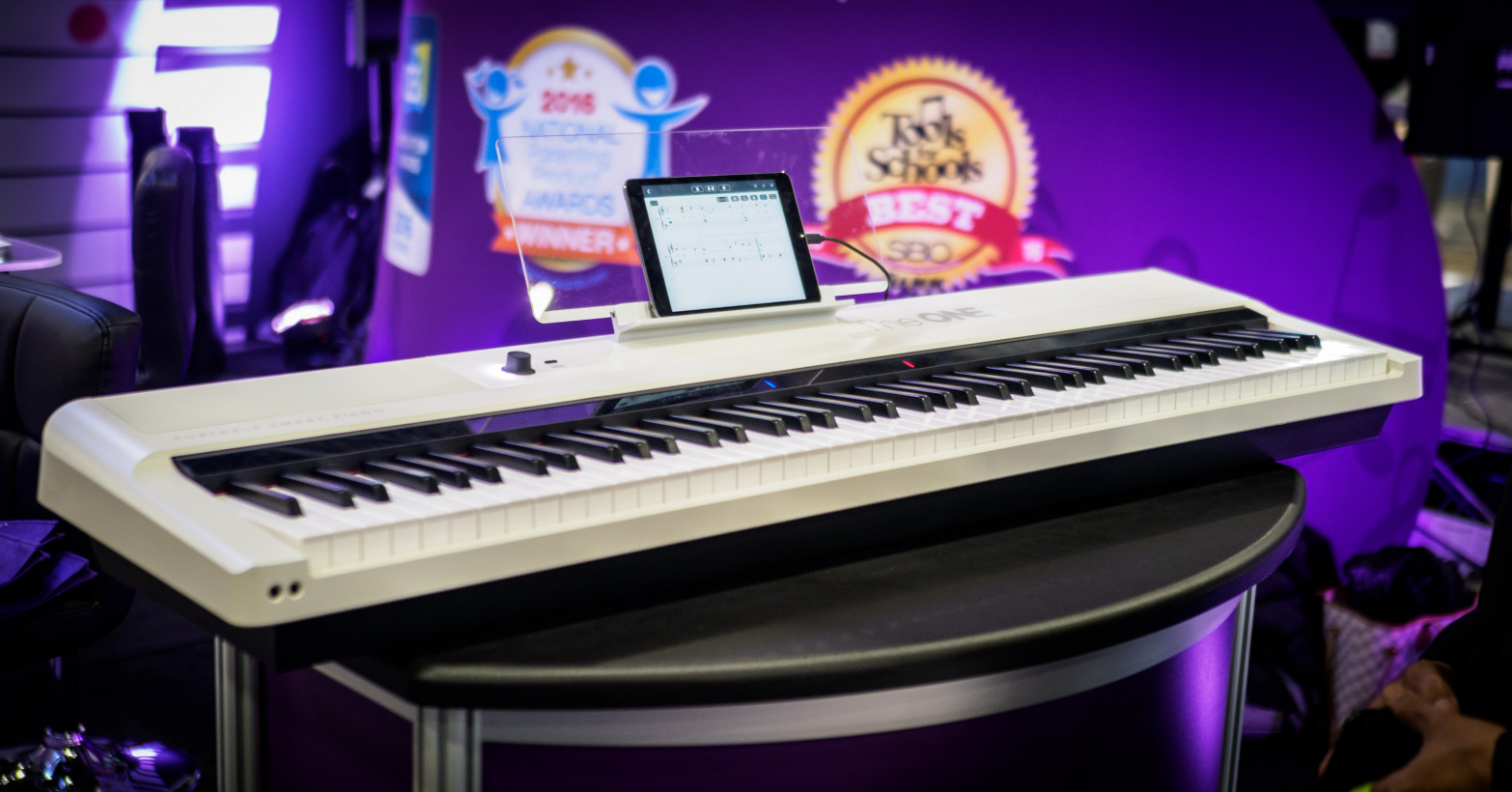
VSTs are also an investment. The advantage of using a VST is that it enables you to get the same high-quality sound out of pretty much any digital keyboard with a midi output (and that’s almost all of them).
While there’s more to a good digital piano than just its sound — serious learners will want something with a high-quality weighted hammer action — using a VST means you can start off with a cheap old keyboard with plasticky keys from the thrift shop if you wanted to and later upgrade to something with higher quality.
It also means that, if piano playing is your primary goal, you can opt for keyboards based on their keybed quality rather than the built-in sounds. Oftentimes digital piano companies will use the same keybed throughout their product range, but will save the best sound quality for their priciest models. Usually, the premium you pay to access better sound quality is more than a great VST will cost you.
What VST should I get, and how much do they cost?
Whichever sounds best to you that you can afford. The goal here is to help you find a piano tone that inspires you to keep playing. You should look for a VST that makes you think “I want to play that!” Most VSTs have a few demos on their website, not to mention countless others on YouTube.
That said, VSTs vary significantly in price, functionality, and system requirements, and I haven’t used them all, so I’m recommending a few based on my own experience. VSTs generally range from free to a few hundred dollars, but I’m not including free VSTs because most of the ones I’ve tried are not that much better than what you’d find on a modern digital, or they require expensive software to run.
Pianoteq 7 by Modartt ($149-$449)
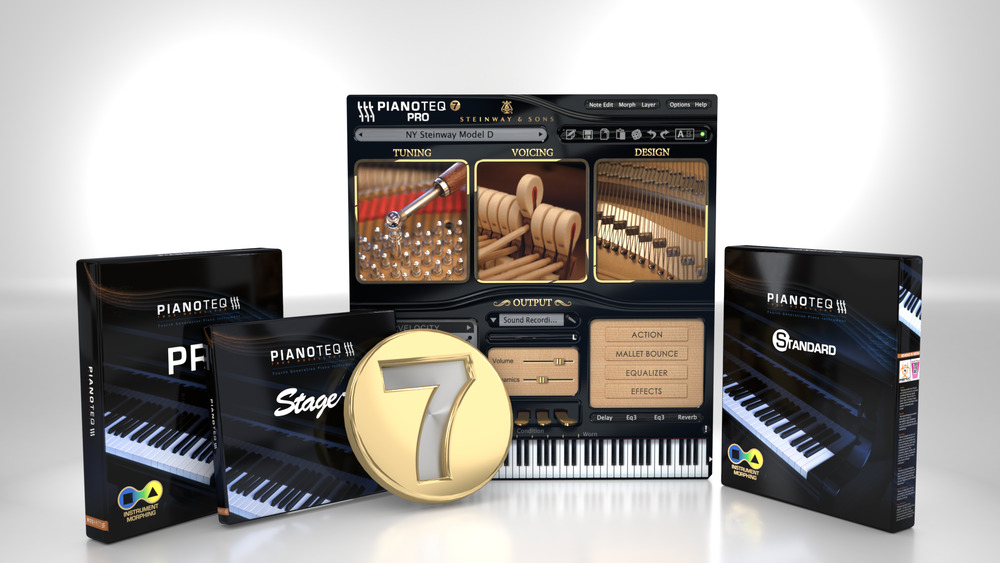
Pianoteq is my favorite modeled piano. I find it to be the most responsive virtual piano I’ve tried, it only takes up a few MB of space, it loads instantly, and it runs smoothly even on old hardware. It’s also a cinch to install and is overall the most painless desktop VST I’ve tried. Here’s a good demo of the latest version of Pianoteq in action:
It also supports a bazillion piano sounds. You get to pick two piano models upon purchase with the cheapest version of Pianoteq, which should be good enough for most users. There are 10 modern piano models currently available (Steinway, Bluethner, C. Bechstein, etc) as well as several extras like historical instruments.
Each piano model comes with a variety of presets. The more expensive, customizable Pianoteq versions come with more instruments, and you can always buy more instrument packs down the road. And one feature I really appreciate is the ability to calibrate the virtual piano’s response to your digital keyboards characteristics. Better yet, as a modeled piano, Pianoteq gets more realistic with every update.
It’s worth noting that Pianoteq has a robust trial mode that only disables a few of the black keys and briefly interrupts playback after 20 minutes. You should definitely give the demo a try, especially if you’re a beginner.
Ravenscroft 275 by VI Labs ($199 PC/Mac, $36 iPhone and iPad)
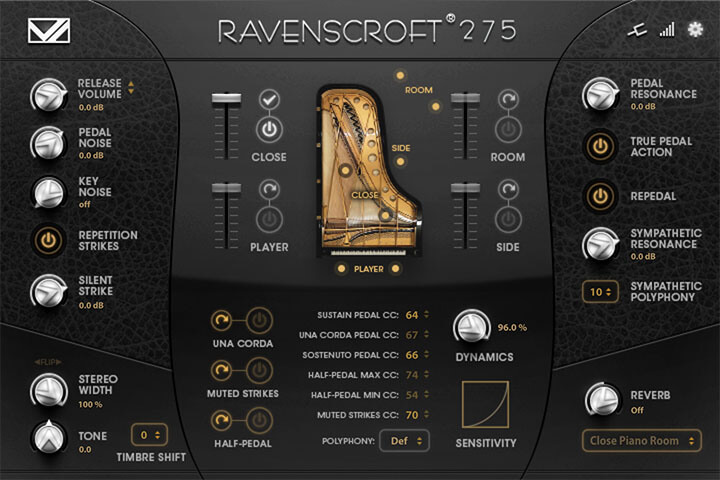
Ravenscroft 275 by VI Labs is my favorite sampled piano. It is nearly as responsive as Pianoteq while sounding a bit more real due to expert sampling of an actual concert grand (and a very unique one at that). I appreciate that it has more character than most of the very pristine VSTs out there.
To give you an idea of how good this VST is, here it is being played alongside the very same piano it was recorded off of. The piano is so meticulously sampled that it’s hard to tell them apart:
Moreover, Ravenscroft also has a relatively hassle-free installation process and runs smoothly on less powerful hardware, never giving me any performance issues, and only takes up about 6GB of disk space (some sampled VSTs take up hundreds of gigs!). It also has a fair bit of customization to further make the piano your own.
But wait! There’s also a mobile version of the VST for iPhone and iPad users that’s only $36 and available right from the App Store.
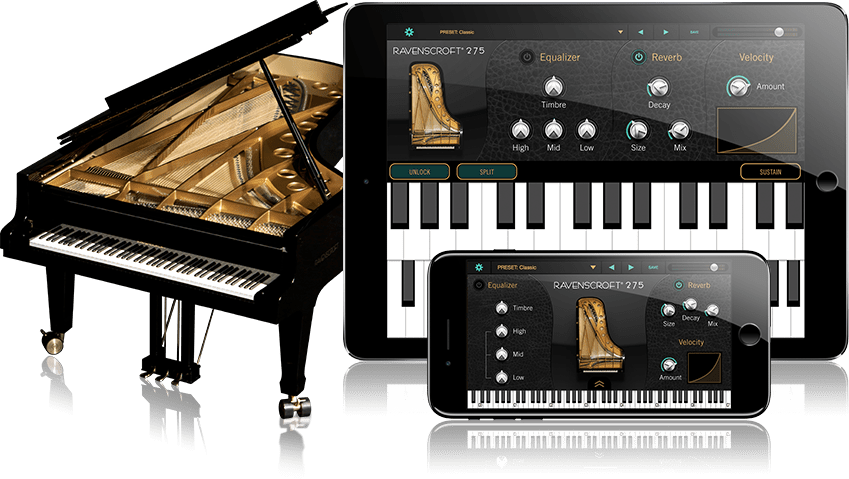
It’s less customizable than the desktop version and is missing a few features for advanced pianists, but otherwise sounds nearly identical to the desktop version.
Embertone Walker 1955 Concert D ($39-$149)
A beautiful vintage Steinway sound with oodles of character, this might be my favorite VST of them all when it comes to sound alone, and the $39, 12 GB ‘Lite’ version gives you a ton of bang for your buck. If you want to full set of sounds (mostly different microphone positions), it’ll cost you $149 and about 200GB of storage space.
It’s kind of a pain to install though, especially if you’re unfamiliar with music software, and may take some tweaking to get to run smoothly. I’d only recommend it for users with a modern, reasonably powerful computer with an SSD.
But man does it sound good:
If you have a decently powerful computer and are willing to potentially put up with some tweaking, the Lite version is almost a no-brainer to at least try for $39.
Garritan CFX ($80-200)
A sampled piano of Yamaha’s flagship CFX grand piano, this VST sounds great and is very playable and tends to run very smoothly. It’s a great option if you want a very pristine-sounding piano. You’ll need 22 GB of space for the ‘Lite’ version, and 122 GB for the full version.
But these are just a few of my favorites; there are SO many options out there. Do your research, and you’ll surely find something you love.
How do I set it up?
This guide is focused more on explaining VSTs than setting them up; there are too many options, each with different installation procedures. But the basics boil down to is picking a good VST, connecting your piano to your PC, and setting it up with a good pair of speakers or headphones.
Most pianos made within the last few years feature some sort of USB MIDI output, and sometimes even Bluetooth. In that case, all you need to do is get the right USB cable to connect to your PC (you know, read the manual), or follow Bluetooth pairing procedures, and follow the instructions for your VST.
On older digital pianos, you might only find an old-school MIDI output, a port with 5 pins. In this case, you’ll need a MIDI to USB interface.
You’ll also want to be aware of latency. You’ll want to adjust your VST’s setting for minimal latency. You shouldn’t have a problem achieving low latency on macOS and the most recent versions of Windows 10, but for those running earlier Windows 10 builds or older versions of the OS — or if you’re otherwise having latency problems, you may want to try installing ASIO4ALL as a workaround.
For this reason, you also probably don’t want to use Bluetooth headphones with a VST, as they will usually lag significantly behind your playing.
What else do I need to know?
While some digital pianos let you play your music back through You should probably get some decent headphones or speakers to go along with your shiny new piano software. After all, the sound is only as good as your playback system.
For speakers, you’re going to want to start with good studio monitors (here are three compact suggestions) or other speakers with a neutral frequency response; these will provide you with the most authentic reproduction of the sampled or modeled piano.
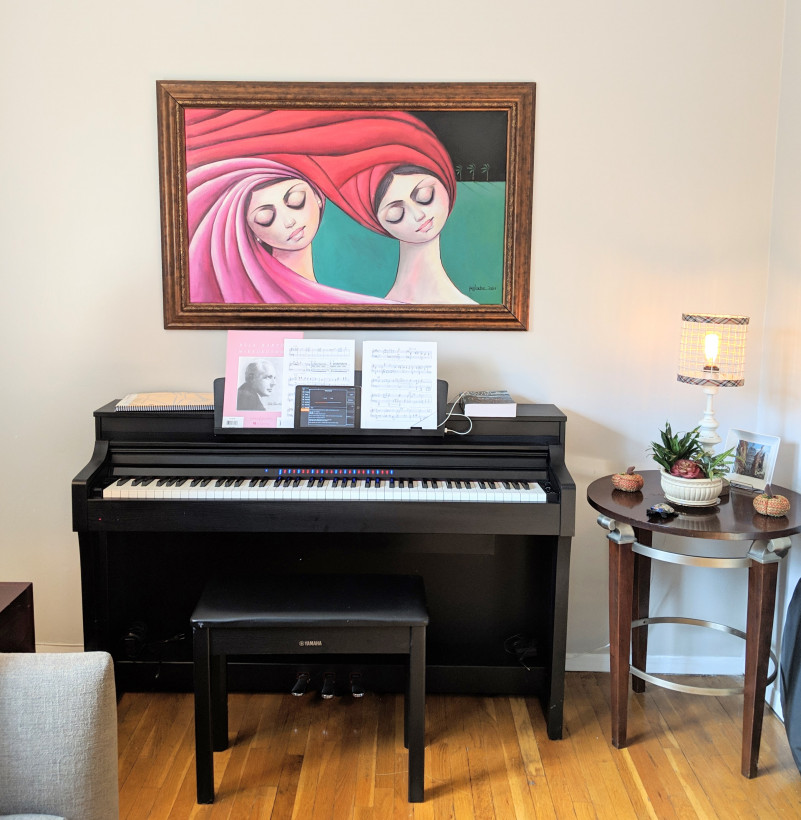
Using a VST does bring up a few caveats. They can sometimes be a little testy with performance, especially if you’re using a sampled instrument with a slow storage drive; this is why I suggested Pianoteq and Ravenscroft for their overall reliability. If you’re using your primary laptop for your VST, it can get annoying to have to reconnect everything each time you sit down to play, so it might be good to relegate an old computer to VST duties or buy a USB dock so you only have to connect one cable each time you sit down to play.
Lastly, it’s also easy to get caught up with tweaking all the different sound options and buying different VSTs rather than just sitting down and playing your music. Don’t fall into that trap. Practice!
Despite the caveats, a good piano sound can completely transform your enjoyment of your digital piano — whether you’re a beginner or advanced player. Hopefully, these tips will help you keep making beautiful music.
Get the TNW newsletter
Get the most important tech news in your inbox each week.

